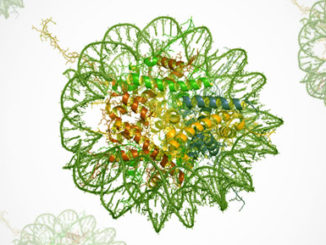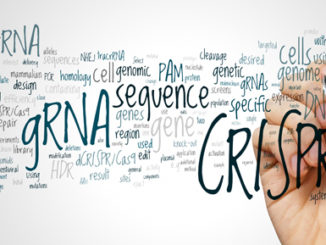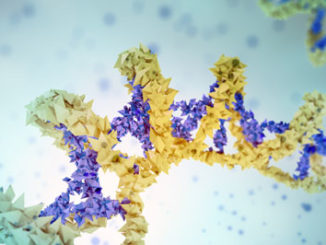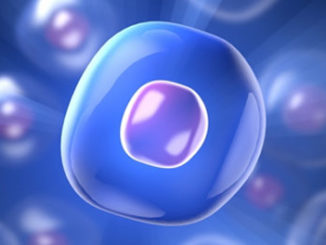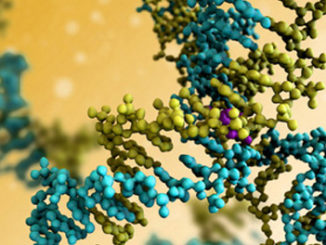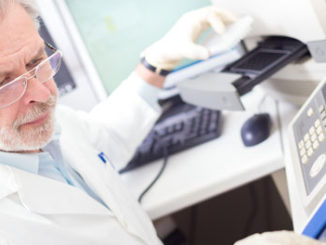What is Epigenetics technical articles are geared towards epigenetic research techniques, news, and trends in the field of epigenetics, written by scientists from universities and institutions including UCLA, Hofstra, NIH, Johns Hopkins, and more.
Explore in detail new epigenetic research techniques and tips for topics like next-generation sequencing (NGS) in epigenetics, m6A RNA methylation, CRISPR/Cas9 system epigenetic editing, chromatin immunoprecipitation (ChIP) protocol optimization, and single-cell epigenomics methods.
Want to share your research? Submit your own epigenetics article to be featured.
Recently Dr. Yu Xue’s group, at the Huazhong University of Science and Technology in Wuhan, China, developed a database designated as Eukaryotic Writers, Erasers and Readers protein of Histone Acetylation and Methylation system Database (WERAM). WERAM is a comprehensive database containing integrated information on the writers, erasers, and readers of histone acetylation and methylation. Namely writers are the enzymes that catalyze acetylation and methylation, the erasers are the enzymes that remove these marks, and the readers are proteins that recognize and interact [more…]
Gene expression is controlled on several levels from DNA sequence to post-transcriptional changes. Epigenetics demonstrate that gene expression can be controlled by chemical changes in the DNA such as methylation. Since the discovery of epigenetics, researchers have been attempting to produce effective methods to alter the methylation status of select genes. This would enable researchers to effectively turn on or off target genes without affecting the genetic code. Liu et al. (2016) have repurposed the CRISPR/Cas9 system to edit DNA [more…]
Circulating cell-free DNA (cfDNA) are small DNA fragments found circulating in plasma or serum, as well as other bodily fluids. The cfDNA isolated from plasma usually contains fragments of about ~170-500 bp, mostly corresponding to ~170 bp mononucleosomal and ~300 bp dinucleosomal DNA fragments [1,2], thought to arise mostly from apoptotic cells. In addition, larger fragments (>1,000 bp) are often detected, thought to arise mostly from necrotic cells. In healthy individuals, the levels of cfDNA in plasma/serum are generally low, ranging between [more…]
Over the past decade discoveries about the role of epigenetic mechanisms in learning and memory have changed the way scientists think about cognition 1. The most well characterized to date are histone acetylation and DNA methylation, but more recently discovered epigenetic mechanisms are continuing to shape researchers’ understandings of transcriptional regulation in post-mitotic neurons. Chromatin is made up of nucleosomes, which are 147 base pairs of DNA wrapped around a histone octomer. The canonical histones that organize DNA at the [more…]
A new single-cell genomics protocol that is potentially transformative for epigenetics research has been developed by scientists in the UK and Belgium. Applying this method, it is now possible to study the epigenome and transcriptome of a single cell at the same time. This novel approach could enhance our understanding of the link between gene expression and DNA methylation in single cells. Also, the knowledge of this relationship may clarify the mechanisms underlying normal development, and changes that occur with [more…]
Planaria, or flatworms, are often used as a model organism to investigate the fascinating process of how tissues and organs can regenerate. The flatworm has numerous stem cells called neoblasts and, when it’s injured, this intriguing creature can actually restore its own body parts. Researchers conducted the study at the Stowers Institute for Medical Research in the lab of Alejandro Sánchez Alvarado, Ph.D., a Howard Hughes Medical Institute investigator. In two related studies, they examined stem cell differentiation and the [more…]
Bisulfite sequencing offers researchers a profound look into the epigenome and the methylation status of genes. A significant driving force in the development of epigenetic research since 1992, the detection of CpG methylation and methylation abnormalities in DNA via bisulfite sequencing has become overwhelmingly popular – and interest continues to grow. The unparalleled power of next-generation sequencing (NGS) platforms provides researchers with new insights into the nuances of gene expression and countless other critical cellular processes. Still, bioinformatics expertise, cost, [more…]
Editor’s Note: At the author’s request on August 20th, 2015, revisions to this article were made following careful consideration. All changes are denoted in red. In the previous post of this ChIP series, we left off with your samples rotating at four degrees overnight, to give the antibodies plenty of time to bind and the beads plenty of time to block. In this final post, we will finish the assay and provide advice on how to QC and analyze your libraries. [more…]
Editor’s Note: At the author’s request on August 20th, 2015, revisions to this article were made following careful consideration. All changes are denoted in red. In the first post of this ChIP series, we introduced the reader to the general concept and workflow of chromatin immunoprecipitation (ChIP), and provided advice on planning a ChIP experiment and preparing the necessary reagents. In this post, we will go through a more detailed protocol that we have used in our lab with success that [more…]
Editor’s Note: At the author’s request on August 20th, 2015, revisions to this article were made following careful consideration. All changes are denoted in red. Since its introduction in the 1980s, chromatin immunoprecipitation (ChIP) has become one of the most important and powerful techniques in the field of genetics, allowing researchers to characterize a given protein’s binding sites across the genome. With the advent of next-generation sequencing and whole genome analysis, a single ChIP can deliver gigabytes of information, including not [more…]


